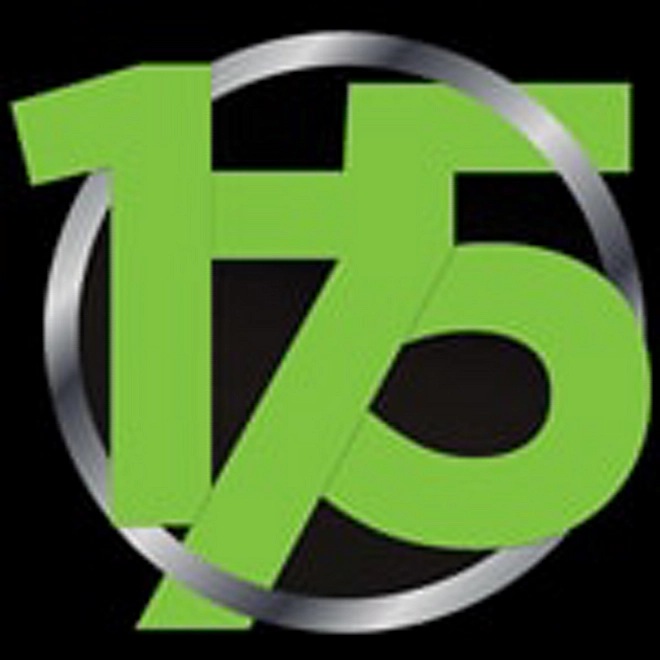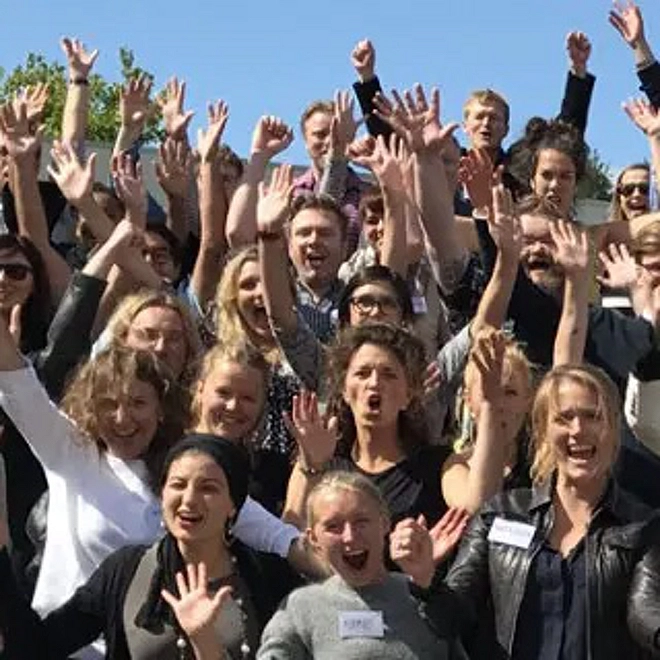Deloitte’s Offices Today
The Barcode Project is a series of sleek high-rise towers in Oslo’s Opera Quarter, overlooking the harbor in Norway’s capital. Viewed straight on, the towers resemble a Universal Product Code. Still, one tower stands out, a striking white building with geometric windows designed by the famed architectural firm Snøhetta: the Deloittehuset, which has been the home of Deloitte Norway since 2013.

Deloitte has occupied many iconic workplaces during its 175 years, starting with the tiny office on Basinghall Street in London where William Welch Deloitte opened for business in 1845 and 4 Lothbury, its longtime home that was accessible only via a narrow passage. Deloitte LLP’s (the US firm’s) former national headquarters, once located near the top of New York’s World Trade Center, currently resides at 30 Rockefeller Plaza, known worldwide for its iconic Christmas tree.
Deloitte’s newest offices demonstrate the way in which work and workforces are changing. The Edge in Amsterdam is the greenest building in the world, with nearly 30,000 sensors connecting to a mobile app used by the 2,500 Deloitte professionals who are based there and share just 1,000 desks, encouraging collaboration and interaction. Deloitte Digital’s new offices in Lower Manhattan share a similar vibe, with a basin filled with rubber ducks as a centerpiece—an allusion to the tradition of software programmers explaining their code, line by line, to the duck. The Amsterdam building and the offices at 30 Rock are among offices that include Deloitte Greenhouses, cutting-edge workspaces designed to tackle clients’ most complex problems. All feature the careful attention to design that has made Deloitte University’s flagship campus in Dallas such a beloved site, down to the vanity mirrors in each room.

Just as Deloitte’s offices worldwide embody the latest thinking in workspace design, Deloitte’s Human Capital Practice is at the forefront of the future of work, with cognitive technologies and talent platforms revolutionizing the very meaning and experience of work. With a decade worth of data and its own experience designing those offices, Deloitte is helping clients adapt to the changing nature of workplaces, workforces and work itself.
The Barcode Project is a series of sleek high-rise towers in Oslo’s Opera Quarter, overlooking the harbor in Norway’s capital. Viewed straight on, the towers resemble a Universal Product Code. Still, one tower stands out, a striking white building with geometric windows designed by the famed architectural firm Snøhetta: the Deloittehuset, which has been the home of Deloitte Norway since 2013.
Deloitte has occupied many iconic workplaces during its 175 years, starting with the tiny office on Basinghall Street in London where William Welch Deloitte opened for business in 1845 and 4 Lothbury, its longtime home that was accessible only via a narrow passage. Deloitte LLP’s (the US firm’s) former national headquarters, once located near the top of New York’s World Trade Center, currently resides at 30 Rockefeller Plaza, known worldwide for its iconic Christmas tree.
Deloitte’s newest offices demonstrate the way in which work and workforces are changing. The Edge in Amsterdam is the greenest building in the world, with nearly 30,000 sensors connecting to a mobile app used by the 2,500 Deloitte professionals who are based there and share just 1,000 desks, encouraging collaboration and interaction. Deloitte Digital’s new offices in Lower Manhattan share a similar vibe, with a basin filled with rubber ducks as a centerpiece—an allusion to the tradition of software programmers explaining their code, line by line, to the duck. The Amsterdam building and the offices at 30 Rock are among offices that include Deloitte Greenhouses, cutting-edge workspaces designed to tackle clients’ most complex problems. All feature the careful attention to design that has made Deloitte University’s flagship campus in Dallas such a beloved site, down to the vanity mirrors in each room.



